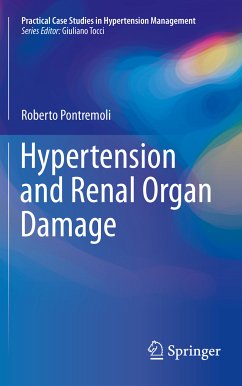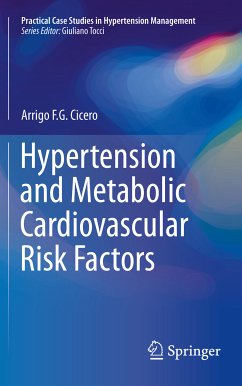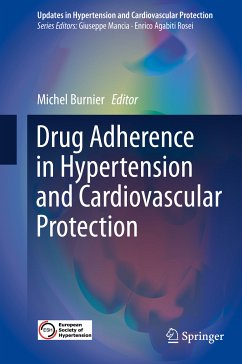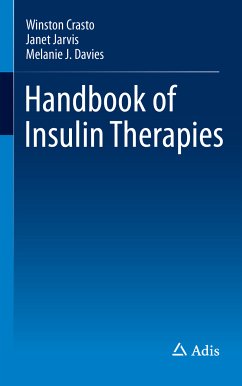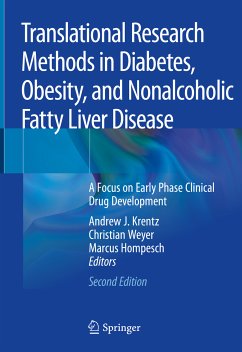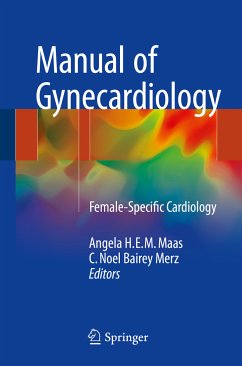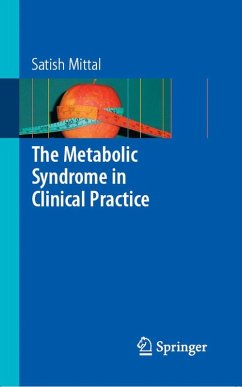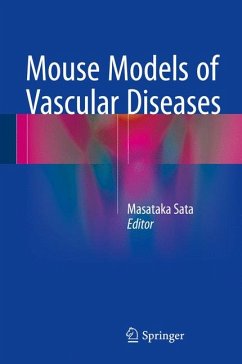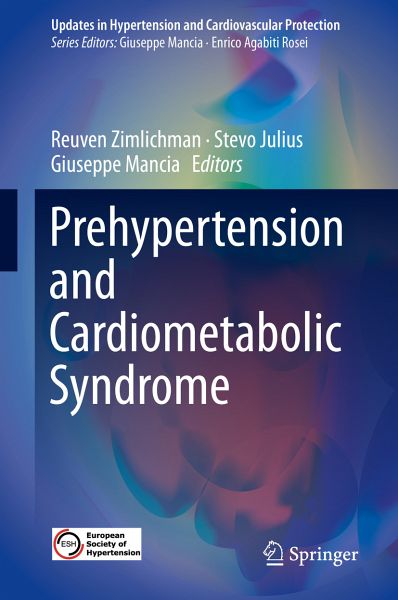
Prehypertension and Cardiometabolic Syndrome (eBook, PDF)
Versandkostenfrei!
Sofort per Download lieferbar
175,95 €
inkl. MwSt.
Weitere Ausgaben:

PAYBACK Punkte
88 °P sammeln!
Provides valuable guidance for identifying which asymptomatic pre-hypertensive subjects could profit from being appropriately screened and treated
Fills a knowledge gap and lays the groundwork for developing recommendations and guidelines
Will benefit cardiologists, primary care physicians and all those healthcare professional looking to optimally manage these complex and often-undiagnosed cases
Fills a knowledge gap and lays the groundwork for developing recommendations and guidelines
Will benefit cardiologists, primary care physicians and all those healthcare professional looking to optimally manage these complex and often-undiagnosed cases
Dieser Download kann aus rechtlichen Gründen nur mit Rechnungsadresse in A, B, BG, CY, CZ, D, DK, EW, E, FIN, F, GR, HR, H, IRL, I, LT, L, LR, M, NL, PL, P, R, S, SLO, SK ausgeliefert werden.



